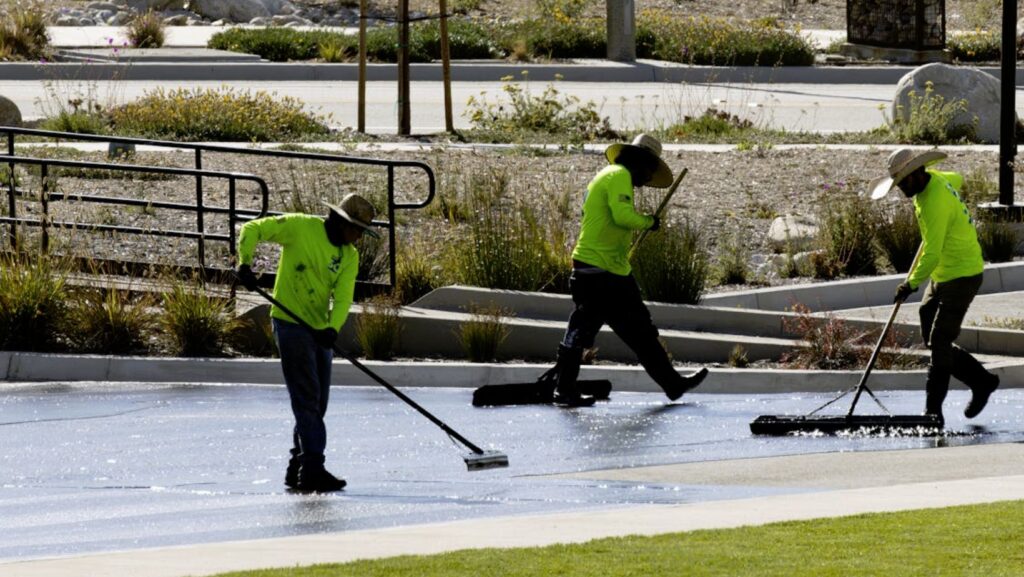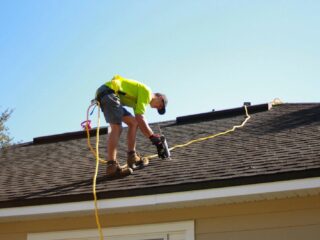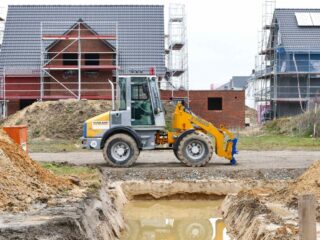
Seasonal maintenance keeps commercial properties in great shape. Different weather conditions affect buildings, landscaping, and surfaces, requiring thoughtful planning.
Strategically scheduling upkeep helps reduce downtime and avoid costly repairs. It also extends the life of outdoor surfaces, from parking lots to walkways.
Whether it’s winterizing in the fall or freshening up landscaping in spring, a well-timed plan makes a big difference.
Stay ahead of the seasons and protect your property all year round. Read on for practical strategies tailored to each season.
Spring Cleanup: Restoring and Refreshing Outdoor Areas
Spring is ideal for clearing debris left by winter. Gutters, drainage systems, and parking lots often need attention after months of snow, ice, and freezing temperatures.
Inspect outdoor surfaces for cracks or damage caused by freeze-thaw cycles. This is also a good moment to evaluate asphalt paving timing because warmer temperatures ensure proper curing and long-lasting results.
Freshen up landscaping by trimming shrubs, replanting flowers, and fertilizing lawns. A thorough cleanup not only improves curb appeal but also helps identify potential issues early, saving on costly repairs later. Preparation now ensures smooth operations for the months ahead.
Summer Upkeep: Preventing Heat-Related Damage
Summer heat can take a toll on commercial properties. High temperatures may cause asphalt surfaces to soften, making regular sealcoating essential for protection against cracks and fading.
Check roofs for heat-related wear, like curling shingles or gaps in seals. Maintain HVAC systems to ensure efficient cooling, and clean vents to prevent clogs.
Outdoor spaces also need care. Irrigation systems should run properly to keep landscaping healthy during dry months. Pressure washing walkways and building exteriors removes dirt and grime from spring rains.
Proactive summer maintenance preserves property value and reduces unexpected repairs caused by extreme heat.
Fall Maintenance: Preparing for Colder Months Ahead

Fall is the time to prepare for winter’s challenges. Clear leaves from gutters and drainage systems to prevent blockages when snow arrives. Inspect roofs for loose shingles and ensure seals around windows and doors are tight to improve insulation.
As temperatures drop, address cracks in pavement or asphalt before freezing weather worsens the damage. Trim overgrown trees to prevent broken branches during storms, and schedule HVAC system maintenance for reliable heating.
Fall maintenance keeps properties safe and functional, reducing the risk of costly issues when winter sets in. Planning ahead ensures a smooth transition into the colder season.
Winter Preparation: Safeguarding Properties Against Snow and Ice
Winter brings freezing temperatures, snow, and ice, which can damage commercial properties, as well as posing a safety risk, since over 800 people die each year in slips at work. Begin by winterizing plumbing to prevent burst pipes, insulating exposed areas, and draining outdoor systems.
De-icing and snow removal plans are essential for walkways and parking lots. Apply salt or sand to reduce hazards and prevent surface damage. Inspect roofs for heavy snow loads and ensure heating systems are functioning efficiently.
Check emergency equipment like generators to ensure reliability during power outages. Winter preparation minimizes risks, keeps properties safe for tenants and visitors, and reduces the strain of unexpected weather-related issues.
Year-Round Scheduling: Balancing Seasonal and Long-Term Needs
A consistent maintenance schedule keeps commercial properties in top condition year-round. Create a calendar to address seasonal tasks, such as snow removal in winter or asphalt paving timing in spring and summer.
Incorporate regular inspections to catch issues early, from roofing wear to HVAC performance. Balance short-term seasonal needs with long-term projects like sealcoating or major repairs.
Staggering maintenance tasks throughout the year prevents overwhelming workloads during peak seasons. This proactive approach reduces downtime, saves money, and ensures a well-maintained property that remains safe, efficient, and visually appealing, no matter the season.
Wrapping Up
Seasonal maintenance keeps commercial properties safe, functional, and visually appealing. Tailoring upkeep to weather changes helps reduce downtime and extend the lifespan of property features.
By staying proactive with repairs, inspections, and upkeep, property managers can save money, avoid disruptions, and create a welcoming environment for tenants and visitors year-round.












